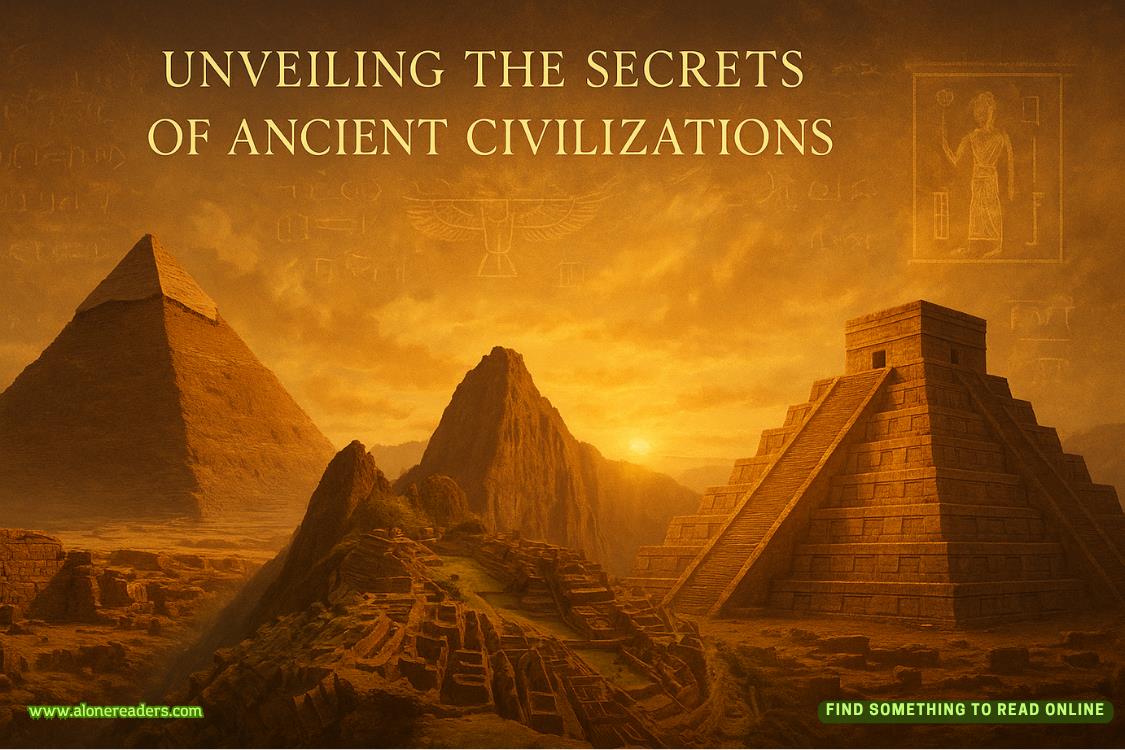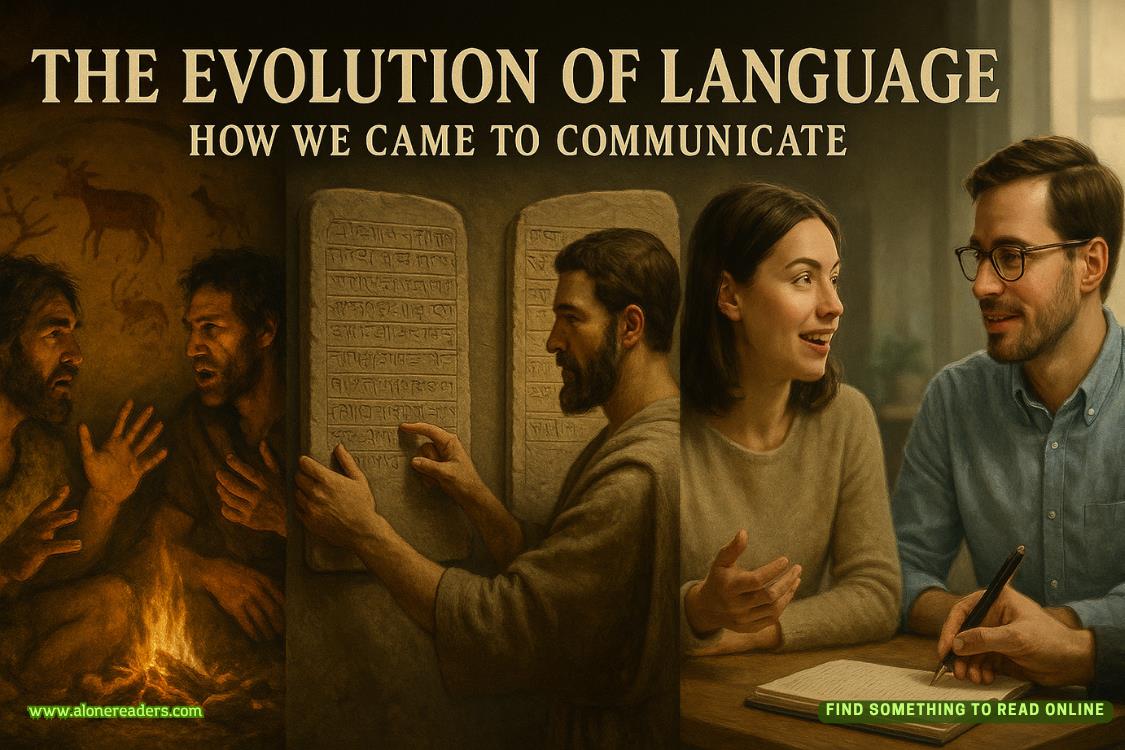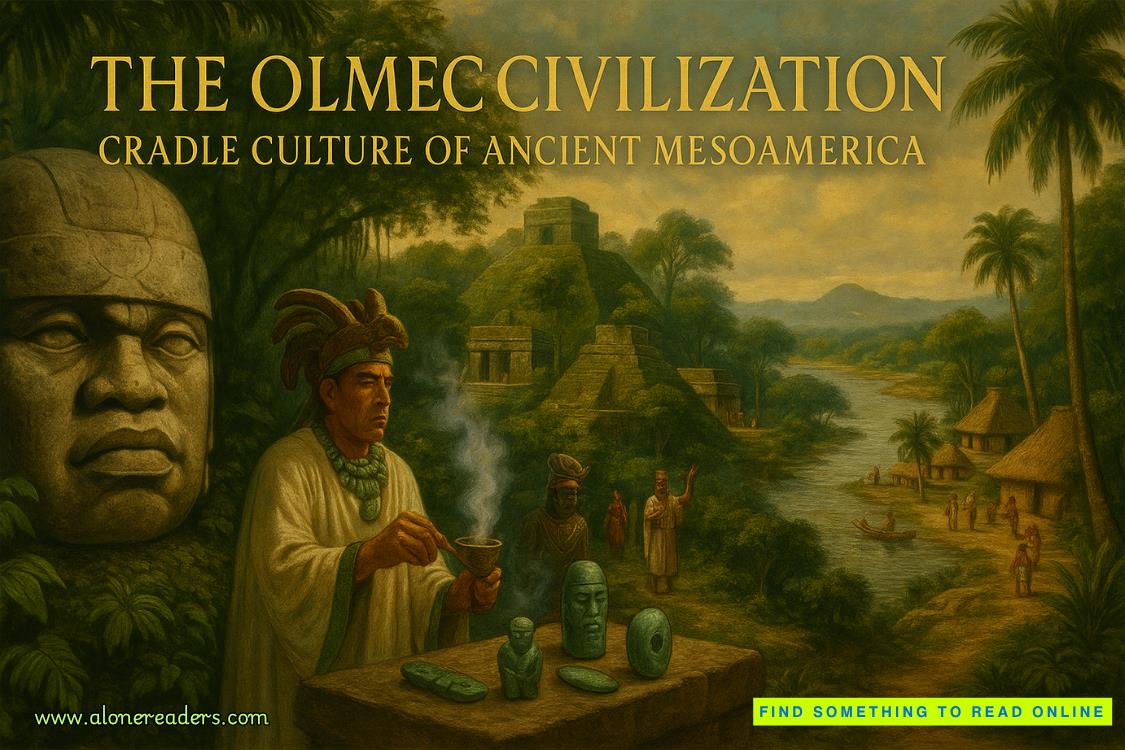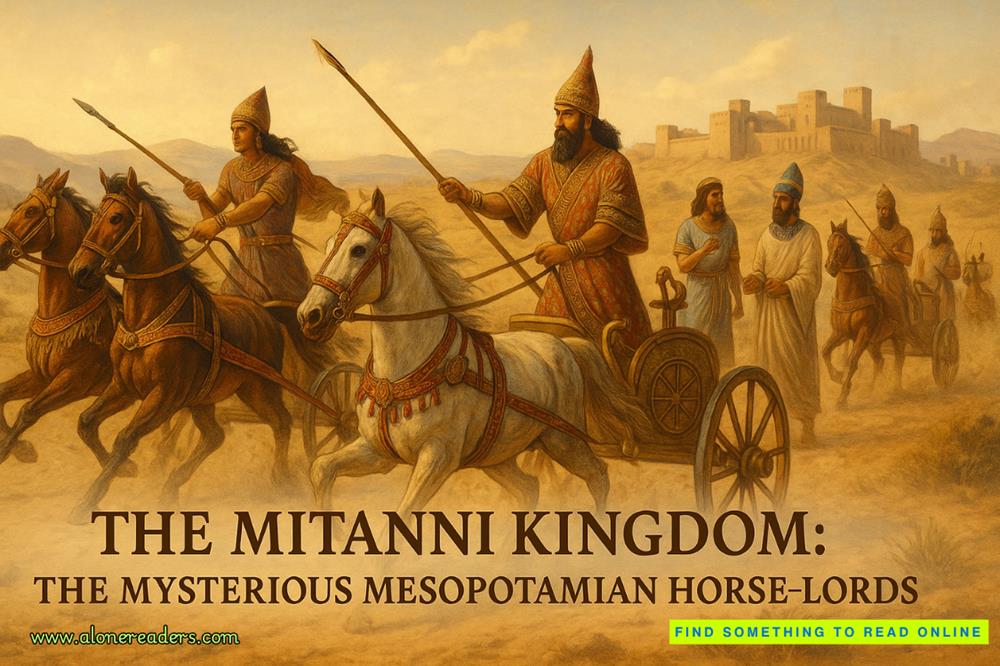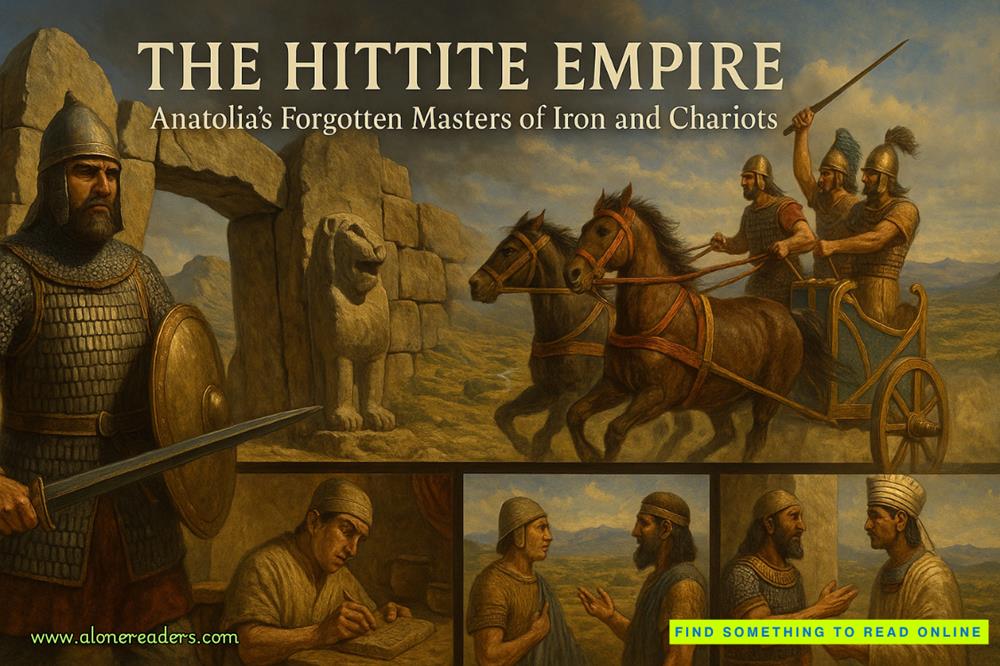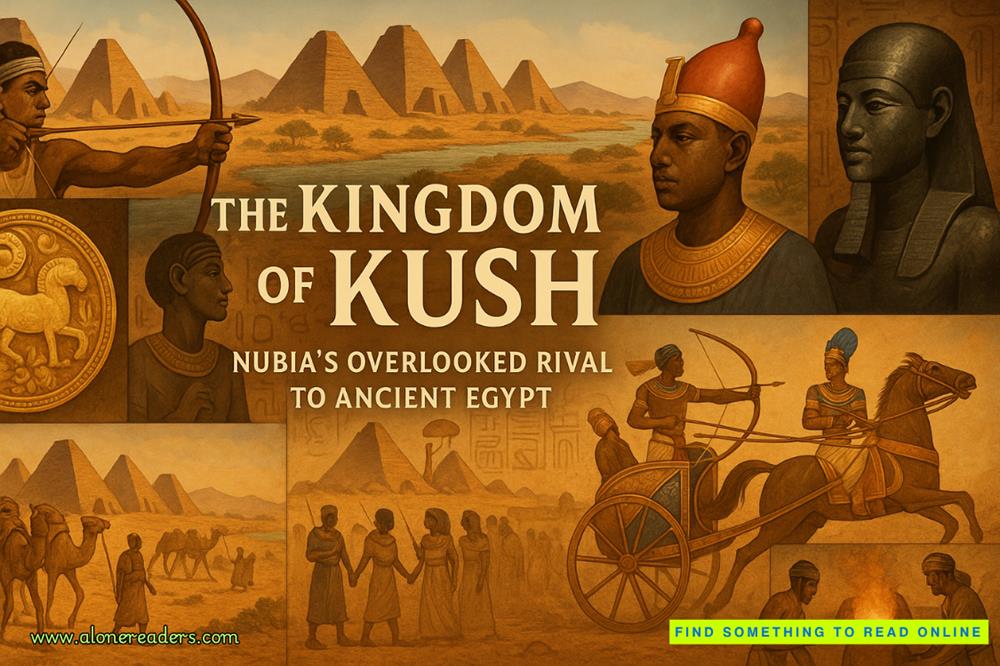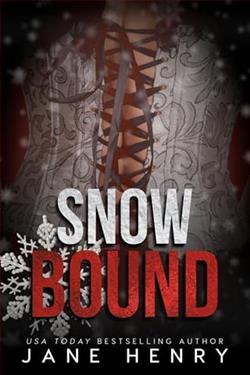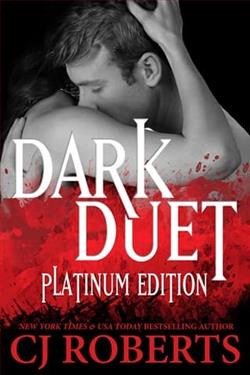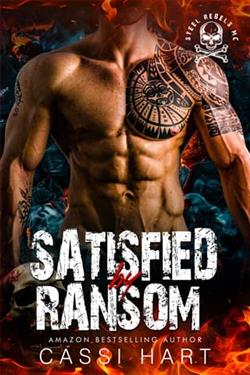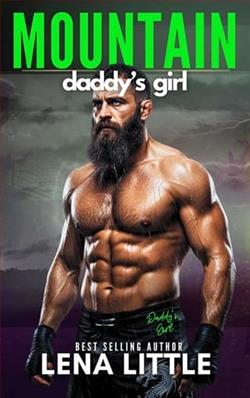Page 65 of The Devil Colony (Sigma Force 7)
Standing beside the ruins with Kawtch at his side, Hank stared at a view that had changed little from ancient times. Wupatki had been built on a small plateau overlooking a vast distance, revealing the breadth of the tabletop mesas that encompassed the high desert, the brilliant beauty of the Painted Desert to the east, and the snaking green path of the Little Colorado River.
It was a picturesque spot.
Still, a dark mood settled over him as he studied the dusty ruins. Why did these ancient people leave? Were they driven out, slaughtered? He pictured blood splashing the red walls, heard the screams of children and women. It was too much. He had to turn away.
Down at the foot of the ruins, Painter and his partner wandered near the community amphitheater. The group, led by Nancy Tso, had traveled the short distance from Sunset Crater National Park, but they were still waiting for the ranger to get permission for an overland hike. It was forbidden to stray from the public areas of the park here without guidance. The more remote ruins and monuments—close to three thousand of them—were considered too fragile, as was the desert’s ecosystem, for sightseeing.
Once Nancy received permission, she would guide them herself to where she had seen the symbols Painter had shown her, the mark of the Tawtsee’untsaw Pootseev, the People of the Morning Star. Hank’s blood pounded harder at the thought of them. Could they possibly be one of the lost tribes of Israel, as described in the Book of Mormon?
Impatient and done exploring, he hiked down to the others, drawing a sullen Kawtch along by his leash. He spotted Nancy Tso heading the same way from the visitors’ center.
Reaching the group first, he found Kowalski amusing himself with one of the other unique features of the pueblo. He stood before what appeared to be a raised fire pit, newly constructed of mortared flagstone. But the square pit in the center was not meant to hold a fire.
The big man leaned over the opening. He had to hold on to the Stetson he’d bought for the hike to keep it from blowing off of his head. A stiff breeze blew up from below, coming out of the pit.
“It’s cool,” Kowalski sighed. “Like air-conditioning.”
Painter stood by the information sign. “It’s a blowhole.”
Hank nodded. “It’s the opening to a breathing cavern system. It’s dependent on atmospheric pressure. When the day’s hot as it is now, it exhales the cool air trapped below. In the winter, when it’s cold, it inhales. It can get to blowing up to thirty miles per hour. Archaeologists believe this is one of the reasons the pueblo was established here. Blowholes, which were considered to be openings to the underworld, were held sacred by the ancient people, and as you mentioned, it doesn’t hurt that it offers some natural air-conditioning in the summer.”
Painter read from the posted sign. “Says here that back in 1962, excavations below found pottery, sandstone masonry, even petroglyphs down there.”
Hank understood the interest he could see on Painter’s face. On the drive here, Nancy Tso had told them where she’d seen the moon and star symbols drawn by Jordan’s grandfather. They were part of some petroglyphs found deep in the desert, near one of the many unmarked pueblo ruins out there.
“It also says here,” Painter continued, “that the size, depth, and complexity of the cavern system below have never been fully determined.”
“That’s not necessarily true,” Nancy Tso said, interrupting. She crossed down the last of the path and joined them, noting their attention. “Newer studies that have been published within the last couple of years suggest the limestone cavern system under this plateau may be around seven billion cubic feet in size, stretching for miles underground.”
Painter studied the blowhole. The opening was sealed with a locked grate. “So if someone wanted to hide something from prying eyes—”
Nancy sighed. “Don’t start that again. I agreed to show you where I saw those symbols. That’s all I’m going to do. Then you’re all clearing out.” She checked her watch. “Park closes at five o’clock. I plan on being out of here by then.”
“So you got permission for us to explore?” Hank said.
She slapped some permit forms against her thigh. “It’s a good two-hour hike.”
Kowalski straightened and seated his Stetson more firmly on his head. “Why can’t we just take that Cherokee of yours? It’s got four-wheel-drive, doesn’t it? We could be there in under ten minutes, shorter if I drive.”
She looked aghast at the suggestion.
Painter did, too, but Hank suspected it was for a very different reason. Painter’s partner had little regard for speed regulations—or common road courtesy, for that matter.
“Let’s get some rules straight at the outset,” Nancy said, and held up a finger. “First rule. LNT. Leave no trace. That means what you carry in you carry out. I’ve arranged for backpacks and water. It’s all inventoried and will be checked when we return. Is that understood?”
They nodded. Kowalski leaned toward Painter and whispered. “She’s even hotter when she’s mad.”
Luckily, Nancy didn’t hear this—or at least she pretended not to. “Second, we tread carefully. That means no hiking poles. They’ve been proven to be too destructive to the fragile desert ecosystem. And last, no GPS units. The park service doesn’t want the exact locations of the unmarked ruins mapped electronically. Are we clear?”
They all nodded. Kowalski only grinned.
“Then let’s get moving.”
“Where are we going?” Painter asked.
“To a remote pueblo ruin called Crack-in-the-Rock.”
“Why’s it called that?” Kowalski asked.
“You’ll see.”
She led them to the spot where their gear was stacked. Hank pulled on a backpack. It came equipped with a CamelBak water pouch and a supply of PowerBars and bananas.
Once everyone was ready, Nancy set off into the desert, moving at a hard pace, apparently determined to shave some minutes off her two-hour estimate. It certainly was no sightseeing trip. The group marched in a row, following behind her, passing through fields of sagebrush, Mormon tea, saltbush, and princess plume. Lizards skittered out of their way. Hares leaped in great bounds. At one point, Hank heard the coarse rattling complaint of a hidden diamondback and pulled Kawtch closer. His dog knew snakes, but Hank wasn’t taking any chances.
They also passed some of the park’s other monuments: tumbled piles of sandstone marking a small pueblo, a ring of stones from a prehistoric pit house, even the occasional Navajo hogan or sweathouse. But their destination—one of the towering mesas—lay much farther out, a hazy blip on the horizon.

